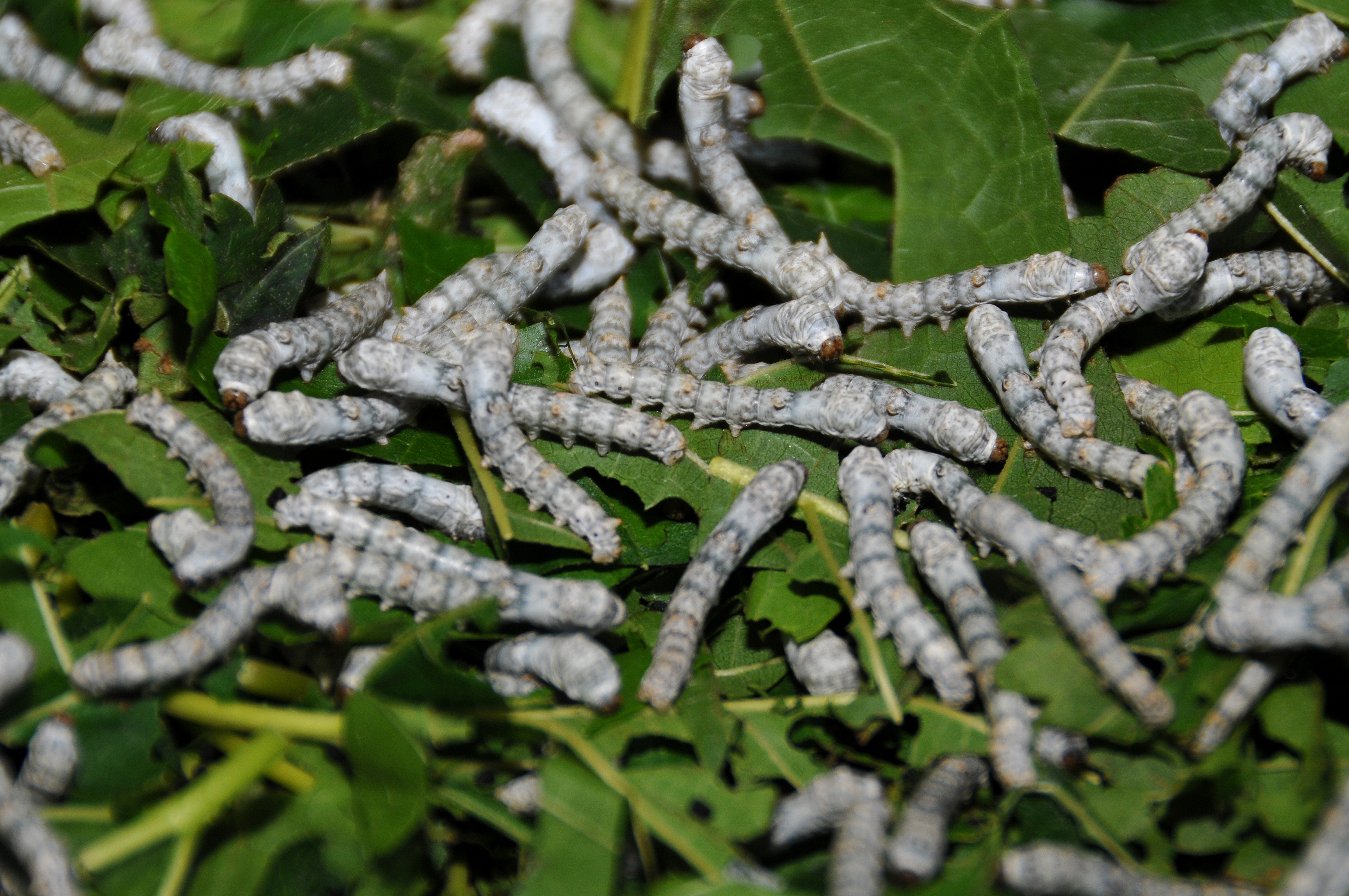by Nisal Karunaratne and Purusotha Thambiayah
Is the use of Gold Nanoparticle Therapy the ultimate weapon in the fight against cancer?
Gold was one of the first metals to be discovered by the modern human (homo sapiens) 200, 000 years ago. In its purest form, it is a bright, yellow, dense, soft, and ductile metal, under standard conditions. It is also one of the least reactive transition metal elements on Earth. As well as being extremely versatile, its beautiful golden colour, facile handling/fabrication and rarity made it a very valuable commodity. Gold quickly became a symbol of status, wealth and power and has been used in jewellery, coinage, and other artifacts across many different civilisations, from the ancient Egyptians and Mayans (who supposedly built The Lost City of Gold deep in the Amazon) for countless millennia.
The first medicinal application of gold in its colloidal form (the suspension of gold nanoparticles in a fluid) was written in ancient Chinese, Arabic and Indian scriptures in the 5th to 6th century BC and was thought it was applied for treatment of various diseases (although how it helped is still poorly understood). In medieval Europe, alchemist laboratories used colloidal gold for medical treatment, with the most famous alchemist being Nicholas Flamel, well known for his endeavours to create the Philosopher’s stone which supposedly had the power to turn any base metal into gold and the ‘elixir for immortality’. The first proper scientific thesis on gold nanoparticles was presented by Michael Faraday in 1857, where he described the unique light-absorbing and scattering properties of gold. British scientists Faulk and Taylor made their breakthrough in 1971 when they managed to couple antibodies with gold nanoparticles (GNPs) to help better visualise bacterial antigens through electron microscopy. This prompted decades of research on the other potential biomedical medical applications of GNPs.
Due to the highly effective variety of methods at synthesising GNPs, it is possible to create GNPs with differing sizes, shapes (spheres, rods and stars) and dimensions, all designed to possess particular properties. The properties can then be optimised and tailored to suit certain biomedical applications. E.g nanoparticles designed for drug delivery should be small enough to cross physiological barriers or enter the target cells and large enough to carry an appropriate amount of therapeutic compounds to the target site. The main therapies where GNPs have the potential to be utilised in cancer treatment includes photothermal therapy, radiofrequency therapy, drug carriage and modulation of angiogenesis.
Photothermal Therapy:
Due to their unique properties in the absorption and scattering of electromagnetic radiation, GNPs make great candidates for photothermal therapy. The treatment involves the use of electromagnetic radiation to generate heat and induce thermal destruction of cancer cells, through disruption of cellular membranes and protein denaturation. However, healthy tissues are also exposed to the damage during this process and therefore more precision treatment such as laser radiation or the use of photothermal agents to enhance the conversation of light into heat energy is needed. GNPs have a much higher absorption capacity across a wide spectrum of light in comparison to conventional photothermal agents, and this therefore enables the rapid conversion of light into heat energy. This also means the patient requires less agent dosage and lower laser power and hence it is cheaper, more effective and safer. Apart from the rapid heating capabilities of GNPs, they also cause the formation of vapour bubbles inside the cancer cell, causing additional cavitation damage when irradiated with visible or near-infrared light. Furthermore, the vapour bubble producing effect becomes more potentiated when GNPs are clustered together, further enhancing the efficiency of treatment.
Radiofrequency therapy:
Radiofrequency ablation involves damage to cancer tissue by heat generated by radio waves. A needle-like probe is inserted into tumour bulk and then subjected to radiofrequency destruction. Although radiofrequency is great for the treatment of tumours that are difficult to remove surgically and is minimally invasive, there are some limitations in terms of accurate needle placements, large tumour size and insufficient destruction of cancer tissue. As GNPs have enhanced photothermal properties, they are suitable target-molecules to produce increased heat when exposed to the external radiofrequency field. This is confirmed in rat models injected with GNPs who were noted to have a significant bodily temperature increase and thermal injury.
GNPs can also be coupled with antibodies and other agents for more targeted delivery into target tissues. For example, GNPs conjugated with an EGFR-specific antibody were rapidly internalized in epidermal growth factor receptor-expressing cancer cell lines, and subsequent exposure to radiofrequency resulted in almost complete heat-induced cancer cell death. Furthermore, gold nanoparticles surface-modified with glucose lead to the sensitization of cancer cells to radiation and subsequent apoptosis.
Gold nanoparticles and Drug carriers:
Although chemotherapy is one of the most common methods approved for the treatment of cancer, its devastating side effects and decreased efficiency after multiple treatments, makes it a very discouraging treatment option among both patients and doctors. A platform for the application of a drug delivery system which can hold a sufficient amount of drug, bypasses mechanisms of drug resistance and provides efficient targeted transport to the desired tissue seems ideal. GNPs enable conjugation of anti-cancer agents to its surface and intracellular delivery of the drug with the help of glutathione activity which are already present at high concentrations inside the cancer cell. Once the GNP is inside the cell, glutathione ‘replaces’ the conjugated drug molecules on the surface of the GNP, contributing to their efficient release. Furthermore, the intracellular release of the drug from the GNP can be triggered by light and heat stimuli, giving us more control over the time and place of drug activity.
Modulation of angiogenesis:
GNPs show cytotoxic properties against certain cancer cell lines and at the same time relatively harmless with healthy tissues and cells. The inhibition of angiogenesis which helps prevent tumour growth and metastasis is one of the most promising strategies for the application of gold nanoparticles in anticancer therapy. Important angiogenesis mediators in tumour blood vessel growth includes fibroblast growth factor (FGF), platelet-derived growth factor (PDGF) and vascular endothelial growth factor (VEGF). Current anti-angiogenic treatment is far from satisfactory due to insufficient delivery of drugs and increased cancer cell resistance to therapy. GNPs have shown to bind to VEGF and FGF factors, thus inhibiting their activity through denaturation of their protein receptors and preventing endothelial /fibroblast cell proliferation. GNPs have also shown to be efficient carriers for anti-angiogenic compounds which have shown to prevent cell migration and capillary formation without causing toxicity to non-cancer cells.
Conclusion:
Due to GNPs unique properties, they are of particular interest for many medical applications, from drug delivery to thermal ablation. The wide range of methods of synthesis of GNPs allows production of GNPs that are specific in architecture and characteristics. Furthermore, GNPs ability for surface modifications adds additional properties that can be made specific to achieve the desired treatment goals. The combination of these events will bring hope for the development of innovative cancer treatment methods which can offer a better quality of life for the patient during and post treatment compared to current conventional cancer therapy.




